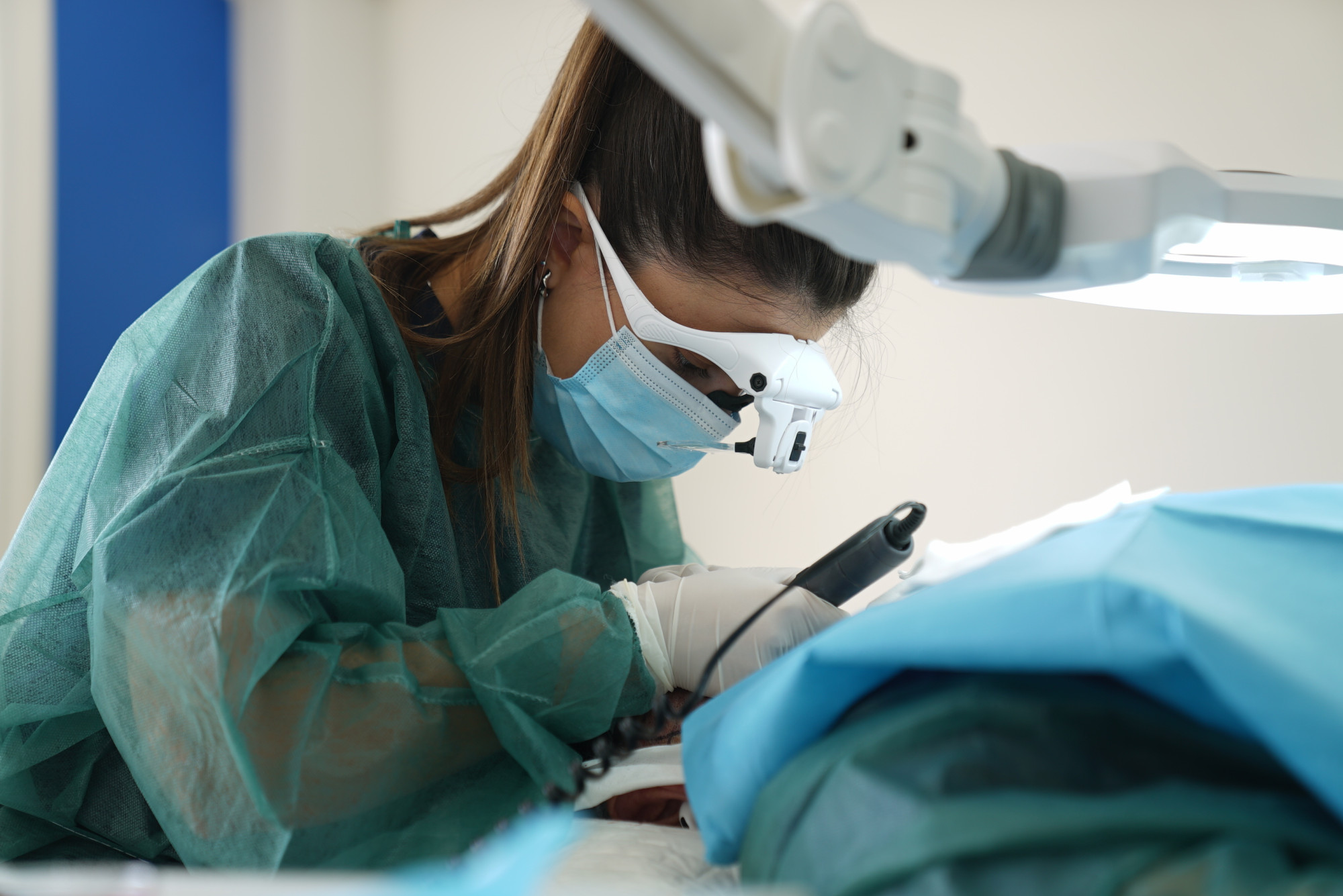Women’s Hair Restoration
Hair transplants are not just for men; women can benefit greatly from these procedures too! Female pattern hair loss, thinning hair, and receding hairlines can all be effectively treated with hair transplants. Many women feel a sense of shame associated with hair loss, but we aim to help women break free from this stigma. Hair loss is a normal condition that affects many women.
Millions of women worldwide face this issue as well. In fact, studies estimate that around 40% of women will experience noticeable hair thinning by the age of 50, According to a 2024 Harvard Medical School article, up to two-thirds of women will experience hair thinning at some point in their lives, and one-third will suffer from significant hair loss. Understanding the causes of hair loss in women, how the hair transplant process differs from men, and what factors contribute to the best outcomes are essential for women considering this option.
---
Why Do Women Experience Hair Loss?
Hair loss in women can happen for a variety of reasons, and understanding the root cause is the first step toward treatment. The most common causes include:
Genetic factors: Female pattern baldness, known as androgenetic alopecia, is one of the leading causes of hair thinning in women. This condition results in gradual thinning, especially at the crown and along the hairline.
Hormonal changes: Pregnancy, menopause, and other hormonal fluctuations can significantly impact hair growth. These changes can cause temporary or permanent thinning.
Medical conditions: Autoimmune diseases like alopecia areata, thyroid disorders, and iron deficiency are some conditions that contribute to hair loss in women.
Stress and lifestyle factors: High levels of stress, poor nutrition, and certain medications can accelerate hair thinning or lead to hair loss.
Unlike male pattern baldness, where hair loss typically occurs in specific areas, women tend to experience more diffuse thinning, making diagnosis and treatment more complex.
---
Is the Hair Transplant Process Different for Women?
While the fundamentals of the procedure—harvesting hair follicles from a donor area and transplanting them to areas of thinning—are the same for both genders, there are key differences in how hair transplants for women are approached:
1. Pattern of Hair Loss: Women generally experience diffuse thinning rather than bald patches, which requires a more delicate and meticulous approach to maintain a natural look.
2. Donor Area: The donor area in women can sometimes be thinner, especially in cases of genetic or diffuse alopecia. This requires careful assessment to ensure enough healthy follicles are available for transplantation.
3. No Need for Shaving: In many cases, women don’t need to shave their heads for the procedure. The hair transplant can be performed by shaving only a small part of the donor area, making the procedure more discreet.
4. Natural Hairline Considerations: Women have a different hairline shape compared to men, and more attention is paid to creating a softer, less pronounced hairline for women.
---

How to Achieve the Best Results for Women?
Achieving excellent results for women requires a combination of precision, planning, and ongoing care:
Consultation and Diagnosis: It’s crucial to undergo a thorough consultation to determine the cause of hair loss. Not all women are ideal candidates for hair transplants, especially if the donor area is insufficient or if hair loss is temporary due to medical conditions or lifestyle factors.
Choosing the Right Clinic: Selecting a clinic with experience in female hair transplants is key. Our clinic prides itself on a team composed of female doctors and nurses, ensuring that our patients feel comfortable and well-supported throughout their journey. Having female staff helps to better understand the unique concerns women may have about appearance, hairlines, and aftercare.
Post-Transplant Care: Following the procedure, adhering to a proper aftercare regimen is essential to ensure graft survival and optimal hair growth. This includes protecting the scalp, using prescribed medications, and avoiding excessive styling or heat treatments until the new hair fully grows in.
---
The Importance of Female Doctors and Staff in Hair Transplants for Women
At our clinic, we understand how sensitive the topic of hair loss can be for women. Our female doctors and nurses specialize in providing empathetic, tailored care to help our female patients feel comfortable and understood throughout the process. Having a supportive and understanding team creates an environment where women can discuss their concerns openly, ensuring better communication and more personalized results.
Female staff members often understand the emotional and psychological impact of hair loss in women, offering a compassionate approach that can make the entire journey—from consultation to recovery—more comfortable and empowering.

---
Conclusion
Hair transplants are a viable and increasingly popular solution for women facing hair loss, whether due to genetic factors, hormonal changes, or medical conditions. While the process may differ slightly from male hair transplants, the key to success lies in choosing the right clinic, ensuring personalized care, and following through with proper aftercare.
For women, having a team of female doctors and nurses can make a significant difference in feeling supported and understood. At our clinic, we pride ourselves on offering expert care, creating natural results, and ensuring every woman feels confident throughout her hair restoration journey.